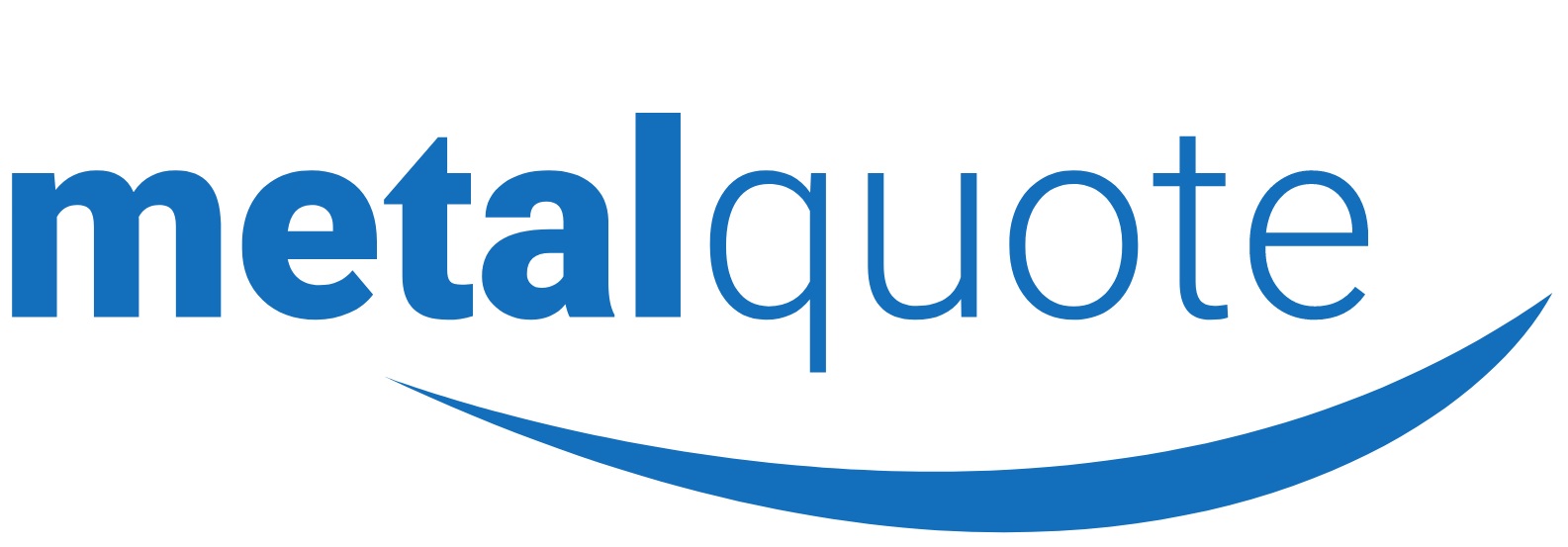Global supply and demand for platinum will be closely matched in 2018, with a small surplus of 25,000 ounces basically returning the market to equilibrium, the World Platinum Investment Council predicted on Thursday. This would be one-tenth of the 250,000-ounce surplus that the organization reported for 2017. Last year’s surplus came about after higher-than-expected supply from South Africa and a jump in recycling in the fourth quarter, while global demand fell 7% year-on-year as a result of less buying from all major market segments, the WPIC said. For 2018, the supply is projected to be around 7,815,000 ounces globally, a decline of 2% from 2017, despite an anticipated increase in recycling of 60,000 ounces, the organization said. Total mining supply is expected to fall 4% to 5,850,000 ounces mostly due to South Africa mine closures and also lower output in Russia. Meanwhile, the WPIC sees global demand growing marginally to 7,790,000 ounces as a recovery in industrial demand and an increase in jewelry demand outweigh a decline in automotive demand and slightly lower investment demand. “While 2017 was a challenging year for platinum, early indications show signs of a market that is moving in the right direction in 2018,” said Paul Wilson, chief executive officer of the WPIC. “Supply is tightening and demand remains resilient. These promising fundamentals, paired with elevated global uncertainty and a better economic growth outlook, mean macro conditions are becoming increasingly helpful to the platinum market.” The report emphasized the importance of China to the platinum market. „The final quarter of 2017 has shown welcome, albeit tentative, signs that jewelry demand in the country is improving,” Wilson said. “We expect this trend to continue through 2018, with ongoing strength across other regions.” Meanwhile, Wilson suggested that concerns about automotive demand may be “overdone.” Platinum group metals are used for catalytic converters. “The policy environment for diesel vehicles remains in flux, especially in Europe,” Wilson said. “Nevertheless, our broad perspective, including the environmental need to reduce CO2 emissions, significant hurdles to mass battery electric vehicle adoption, and automakers already able to genuinely clean up diesel NOx emissions, means we firmly believe clean diesel vehicles will be on the road for years to come.” Automotive demand for platinum fell 3% in 2017, due primarily to falling demand in Western Europe, the report said. Global jewelry demand slipped 2% to 2,460,000 ounces as other regions struggled to offset a decline in China, according to the WPIC. Total investment demand was also lower in 2017 at 260,000, due primarily to a decrease in Japanese bar buying. However, exchange-traded-fund holdings rebounded by 95,000 ounces in 2017 after two years of declines, the report said.

